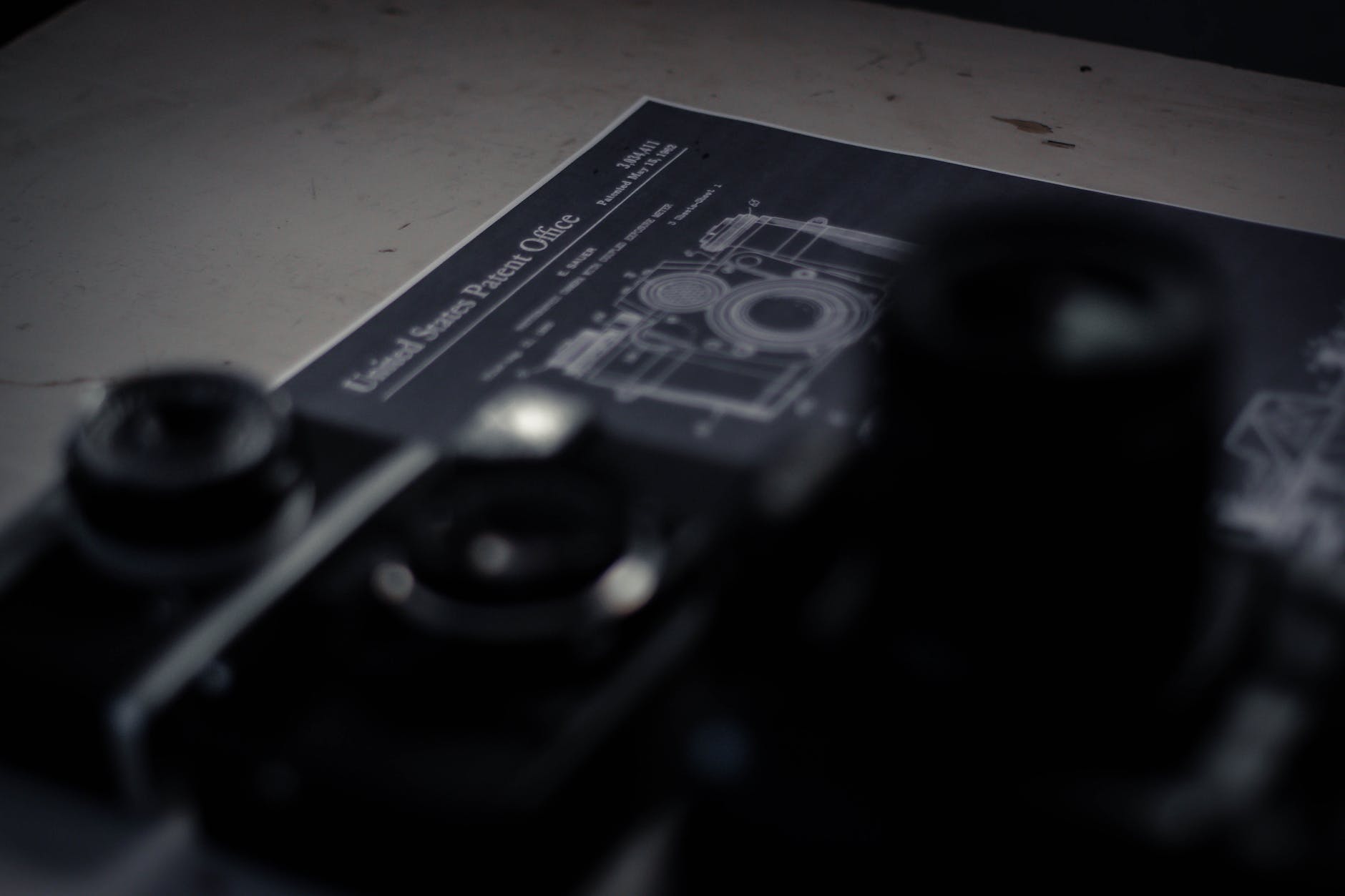Education
Steps to Patenting a Product in Australia
Published
7 months agoon

Patent
Patenting products and inventions is the best thing you can do to protect your ideas. Australia’s patent system provides excellent protection, but it’s best navigated with the help of experienced patent attorneys.
Working with a patent attorney can significantly reduce the costs and labour that come along with patent applications. They also improve the chances of a patent being granted, and can provide support when defending or altering your application.
In this article we’ll explore the patent application process in more detail and see how an attorney can benefit your business.
1. Research patent requirements
Obtaining a patent can be costly and time consuming. Before you embark on the journey, it’s worth spending some time researching the topic. You’ll need to determine whether your invention is eligible for patent protection, which type of patent you want to apply for, and if alternatives are more suitable.
For a product to be patentable, it must be new, inventive, useful and suitable for manufacture. These broad requirements mean that many things can be patented, such as:
- Products, devices and appliances
- Technical and mechanical products
- Software and computing products
- Medical and pharmaceutical products
- Biological materials
- Business methods
Obtaining a patent grants you the exclusive right to commercially exploit your invention. That means you can manufacture and sell your product, and/or licence and sell the rights to other parties. You also receive the right to take legal action against anyone infringing your patent without permission.
2. Determine patent ownership
Patents often hold immense monetary and legal value to the owner. To make sure your patent benefits you in the right ways, you need to determine who owns the patent.
Patents can be owned by an individual (such as the inventor), someone who legally obtained the rights to the invention, or a company whose employee created the invention in the course of their normal work.
Speak to your patent attorney to figure out the best ownership structure for your patent. In some cases, it may be beneficial to establish legal entities (such as a company or trust) that owns the patent and manages any revenue, profit and losses it generates.
3. Search existing patents
Patents are only granted over new and inventive products. That means you need to ensure your ideas haven’t been previously patented.
Happily, anyone can search the Australian patent database. Less fortunately, patent categorisation is complex, and figuring out whether your patent is new and inventive is difficult. This step is best done with the help of a patent attorney. A professional attorney will understand how best to search the database and determine whether your invention infringes on existing IP.
4. Prepare a patent application
If your product is eligible for patent protection, and if there are no conflicts with existing patents, you can go ahead and prepare your application. Your patent application needs to include:
- Details of who owns the patent
- A prepared patent specification
- Drawings that help to describe and define your invention
Patent applications can be developed on your own or with the help of an attorney. It’s strongly recommended that you work with an attorney. Patent specifications are complex, and small details can be the difference between a patent being granted or rejected.
5. File the application with IP Australia
You can now file the application with IP Australia. New patent applications are made through an online portal and take just a few minutes to complete. You will need to pay an application fee at the time of lodgement.
6. Request a patent examination
Patents are only granted once your application has been examined by IP Australia. You (or a third party, such as a competitor) can request an examination at any time within 5 years of filing the application. If you don’t request an examination in that time, your application will lapse and may not be able to reapply.
Patent examinations attract a fee. Once the fee is paid, an assessor will review your application to determine whether it is suitable for a patent. This process may take up to 12 months from the time you request the examination.
7. Respond to any issues raised
The examiner may raise issues with your application. You will be given 12 months to respond to these issues.
Issues may be raised with products that aren’t suitable for patent, products that aren’t inventive, or with the claims you make in your application. You need to alter your application or claims in order to rectify the issues raised by an examiner.
You also have the option of disagreeing with the examiner. In this case, you’ll likely need the support of your patent attorney to prepare and defend an objection to their decision.
8. Your patent is granted
Your patent will be granted once all issues have been resolved. At this point, the patent is published in the Australian Official Journal of Patents (AOJP) for 3 months. Anyone is allowed to raise an objection to your patent during this time. It is your responsibility to respond or defeat objections.
If you successfully respond to objections, your patent will be granted!

Trending

 Banco4 years ago
Banco4 years agoBanjercito

 Gaming3 years ago
Gaming3 years agoNBA 2K21 Best Controller Settings

 Social Media3 years ago
Social Media3 years agoHow to prepare a publication schedule

 Indonesia4 years ago
Indonesia4 years agoSerial Number CorelDraw X7 Aktivasi Kode 64/32 Bit | Dijamin Bisa

 Filmora4 years ago
Filmora4 years agoWondershare Filmora 9 Activation Key and Email Free 2020

 Education1 year ago
Education1 year agoJuan Monteverde on the Unexpected Costs of Corporate Fraud

 Indonesia3 years ago
Indonesia3 years agoMangastream – 15 Alternatif Terbaik untuk Membaca Manga Online [2021]

 Education4 years ago
Education4 years ago28 Best Bane Quotes From The Movie “The Dark Knight Rises”
You must be logged in to post a comment Login